When thinking about a pet fish, the typical image that comes to mind is a Goldfish in a bowl or a betta in a tiny cup. While these fishkeeping practices have persisted for 2000 years (1000 for bettas), they are, in reality, detrimental, restricting the fishes’ quality of life. In this article, I’ll focus on the art of successfully keeping fish, encompassing not only goldfish and bettas but also some of the more popular animals in the hobby.
The first step is to decide the type of tank you want to establish.
You have to choose whether you prefer a freshwater or saltwater setup; for beginners, I would lean towards freshwater, as there are fewer issues to worry about.
After selecting the water type, the next Options include choosing the tank size and stocking type. The most popular tanks, regardless of size, fall into the categories of community, pond, and reef.
Community tanks boast a diverse array of freshwater fish. They typically house livebearers like guppies, mollies, platys, and swordtails, smaller fish such as barbs, danios, and tetras, alongside catfish like plecos and Corydoras. Invertebrates like snails and shrimp also find a place in these tanks.
Ponds, whether saltwater or freshwater, have larger inhabitants like gar, sturgeon, arowana, and redtail catfish. They are predominantly outdoor setups, although exceptions exist.
Reef tanks take the spotlight as the most favored type of saltwater tank. Revolving around corals, these tanks also host anemones, reef fish, and saltwater invertebrates.
Once the tank type is chosen, the next thing you’ll need is the equipment.
Essential Equipment:
Aquarium Stand: While it might be a bit pricey, a dedicated stand designed for your fish tank is crucial. Using something not designed for a tank risks bowing and breaking the stand or causing the aquarium to collapse under the weight of its water.
Filter:
HOB (Hang-On-Back) Filter: Hangs off the back of your tank, pulling water out and cascading it back in.
Sponge Filters: put inside the tank, offering more surface area for beneficial bacteria growth.
Canister Filters: Positioned on the floor or in the stand underneath the tank, drawing water out, filtering it, and returning it to the tank. Ideal for setups where a discreet filter is preferred.
Heater/Chiller: Essential based on the fish species you’re housing and the required temperature for their survival.
Powerhead: While not necessary for all tanks, it’s vital for high-flow setups. It aids in water circulation and provides enrichment for fish that enjoy swimming in currents.
Bubbler: Disturbing the water’s surface ensures constant oxygen exchange. Some filters come equipped with a built-in bubbler, or they disturb the water enough for this exchange to occur.
Siphon: Used for taking out water during water changes.
Buckets: Where water is siphoned into during water changes. Directly siphoning into a drain poses a risk of losing fish that may get sucked up by the vacuum.
Vacuum: Used to remove waste without the need for complete water changes.
Net: Essential for safely taking fish from the tank, especially when separation is required due to issues like disease or aggression.
Thermometer: To monitor water temperature.
Liquid Test Kit: Indispensable tool for testing ammonia, nitrite, and nitrate levels in your water, letting you know when water changes are needed.
Optional Quality of Life Equipment:
Algae Scraper: Useful for removing algae from the tank’s glass.
Background: Optional but adds visual depth to the tank.
Hood/Lid: Crucial for species prone to jumping out of the tank.
Lighting: Essential if you have plants in your aquarium, enhances visibility of fish
Feeding Tongs: Useful for feeding larger items to your fish.
After settling on your equipment, the next step involves crafting the aquascape of your tank. It’s crucial to consider the fish you plan to get and design the tank accordingly. If you’re opting for fish that have a tendency for leaping out of the water, investing in a lid is a smart choice. For those with long fins, ensure nothing in the tank poses a risk of tearing them if entangled. The choices are diverse and tailored to the unique needs of the fish species you’ve chosen. The list of examples goes on, guiding you to create an environment that not only suits the aesthetic you want but also prioritizes the well-being of your animals.
In the realm of tank scaping, aquarists commonly utilize either sand or gravel substrate, each with its own set of pros and cons. Sand, with its finer texture, provides more room for beneficial bacteria to thrive, contributing to a healthier aquatic environment. On the flip side, gravel, coarser in nature, boasts easier maintenance and cleaning procedures, you can also choose to skip the substrate and use a bare bottom tank, which is usually less visually appealing, but makes it easier to clean.
Following the substrate decision, attention shifts to the hardscape, a crucial element in creating a visually appealing and functional tank. The hardscape can be one of various components such as large rocks, plastic decorations, driftwood, or any mix of these elements. Personally, I prefer using large pieces of driftwood, half-buried in the substrate, surrounded by smaller rocks.
After your hardscape is finished, if you plan to add plants, do that now, this is a link to my article about my top 10 suggestions for plants: https://erhsraider.org/17143/uncategorized/fishkeeping-101-plants/
After putting the finishing touches on your scape, the next step is adding water, to avoid disturbing the substrate or plants a neat trick is pouring the water slowly over your hand. Before adding your fish, there’s a crucial step: cycling your tank. To do this you add a small amount of ammonia, then keep a close eye on your tests until both ammonia and nitrite levels hit a solid 0.
In the nitrogen cycle, fish kick things off by producing ammonia. Then, the Nitrosomonas bacteria convert ammonia into nitrites. Then the Nitrobacter transforms nitrites into nitrates. Finally, plants, and occasional water changes remove the nitrates.
Starting off, you have no ammonia in the tank to start the cycle, but you can’t add animals before cycling, which is why you need to add it from a bottle.
Once your tank is fully set up and cycled, you’ll want to get your fish, make sure to do your research before purchasing them though, or you may hurt your fish by housing the wrong ones together, in this article you’ll find profiles for 50 of the more popular fish in the aquarium hobby: https://erhsraider.org/17156/uncategorized/fishkeeping-101-fish/
While fish dominate aquariums as primary inhabitants, they’re not the only animals. The aquarium hobby also features a variety of amphibians and invertebrates. this is a link to my article on the top 30 invertebrates/amphibians: https://erhsraider.org/17209/uncategorized/fishkeeping-101-non-fish/
Once you have your fish, you may want to name them, some tips i’d give are the following:
1. Sometimes simpler is better, don’t go for an overly complex name
- Group names are cool, if you have a group of the same species of fish you can give them themed names
- Observe your animals personality, use that to help name them as well
Finally, feeding your animals is the easiest, and most important thing you can do to keep them alive, make sure you get a mix of different kinds of food that cover nutritional needs for that animal.
Live food, such as worms, feeder guppies, or shrimp, is an excellent option for many fish. Not only does it offer exercise for predatory fish, but it also tends to be more nutrient-rich than frozen or processed foods. Just make sure you’re quarantining the live food for a month before feeding to ensure there are no parasites.
It’s been a few months since you’ve set up your tank, and you notice some snails in the tank that you never added, these are hitchhikers
This is an article about the most common hitchhikers: https://erhsraider.org/17242/uncategorized/fishkeeping-101-hitchhikers/
Spotting a significant spike in ammonia and nitrite levels during water tests signals a potential crash in your tank’s cycle. To fix this, do daily water changes until both ammonia and nitrite levels stabilize.
Another thing you need to worry about when it comes to your animals are diseases, these are some of the most common ones: https://erhsraider.org/17254/uncategorized/fishkeeping-101-diseases/


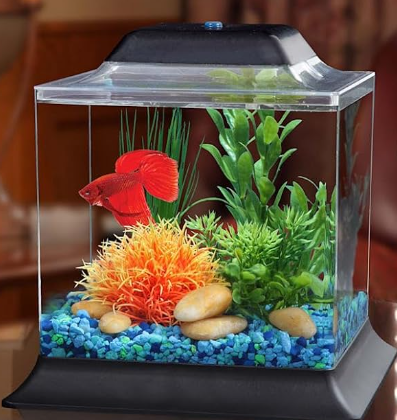
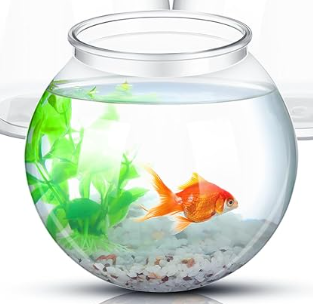

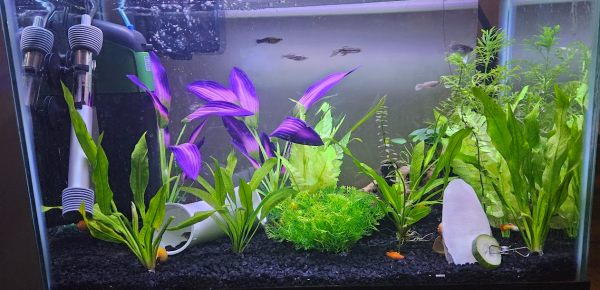
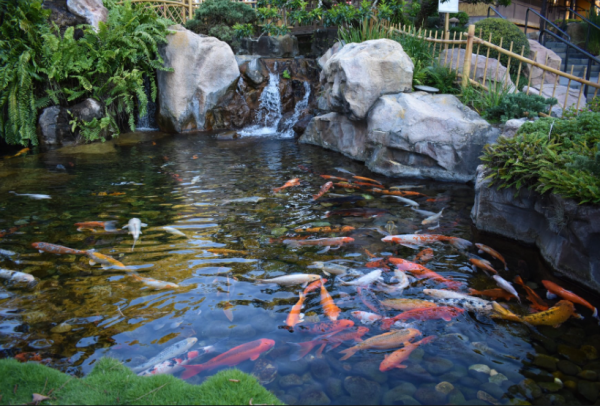
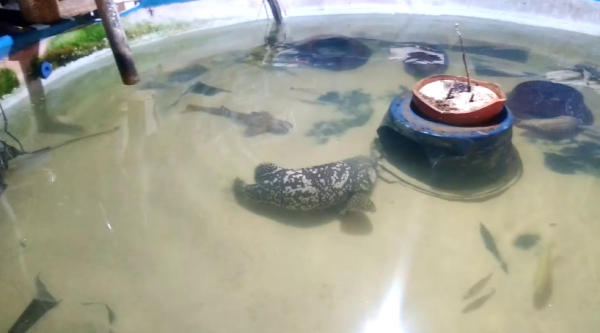
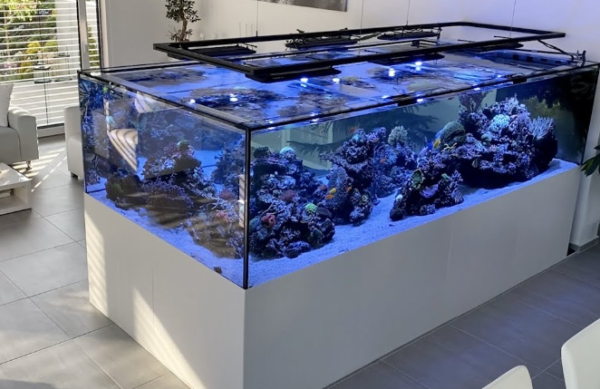
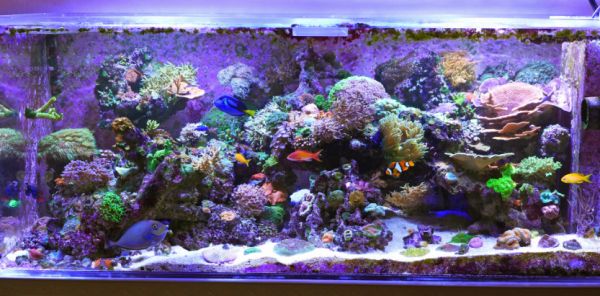
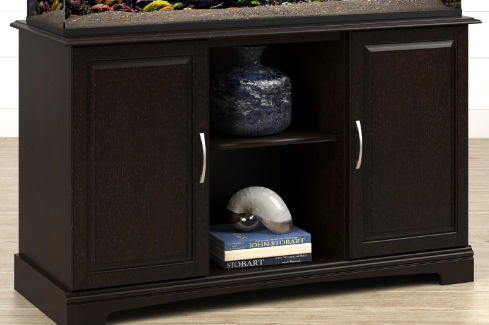
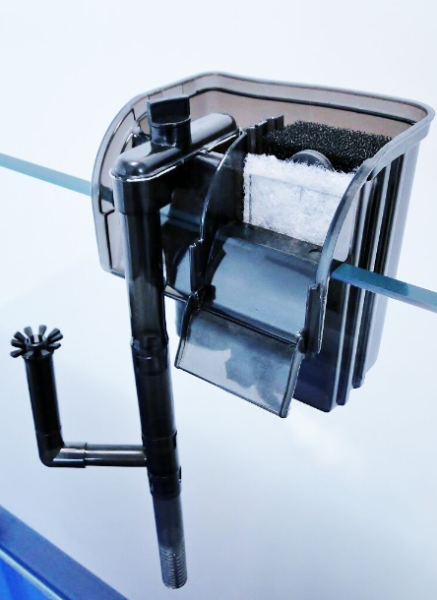
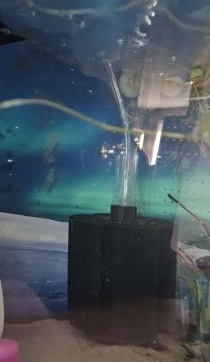
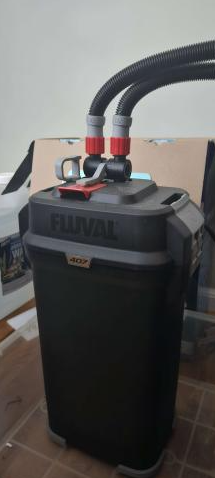
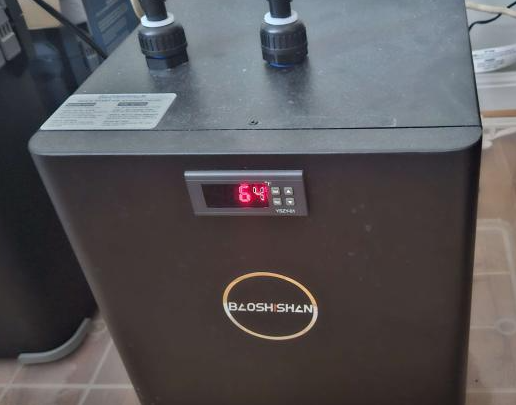
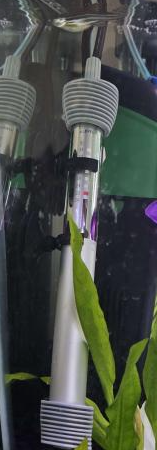
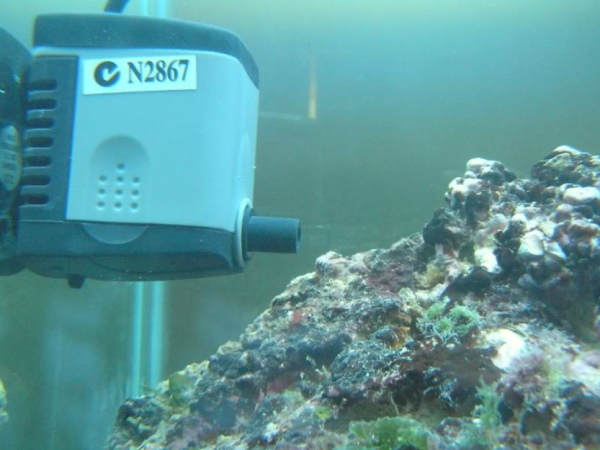
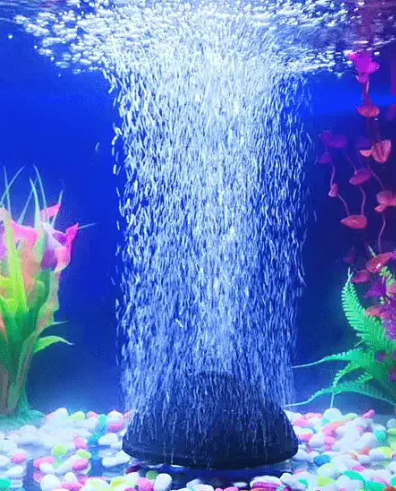
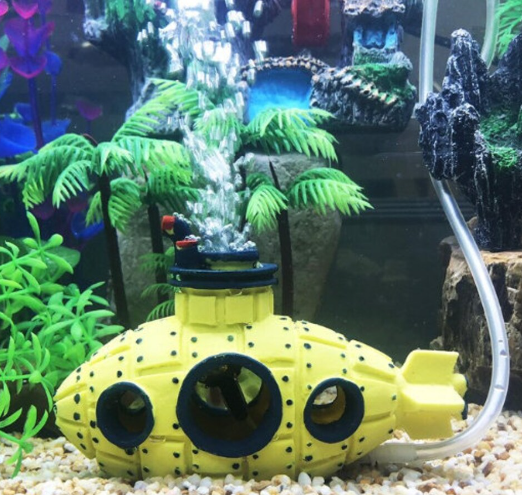

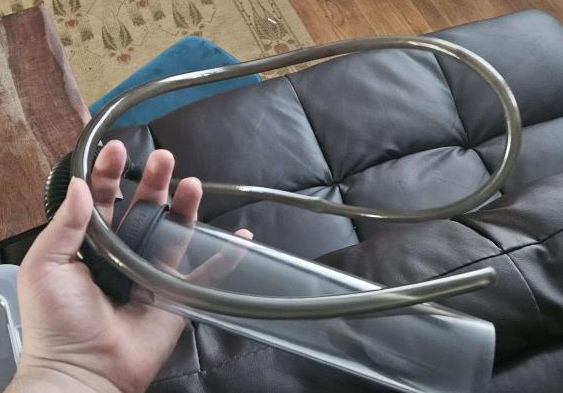
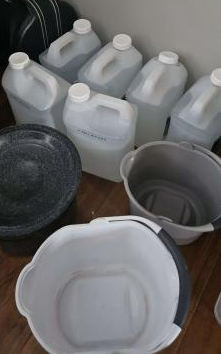

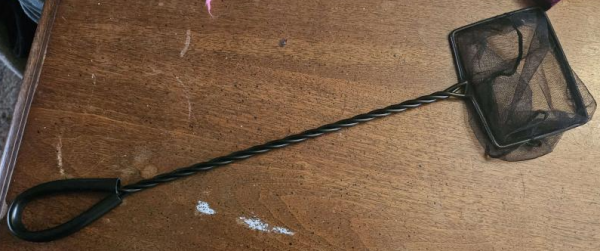
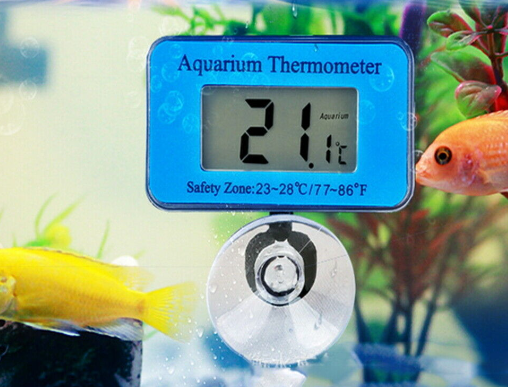

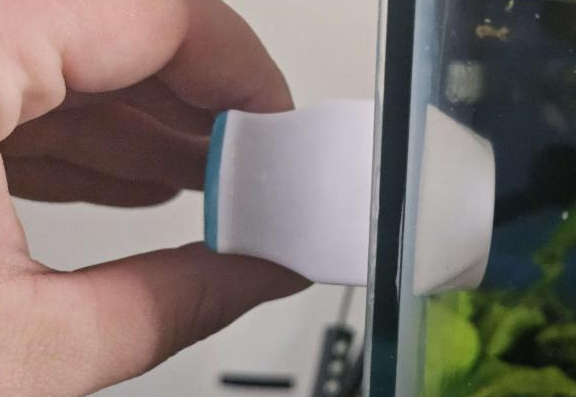

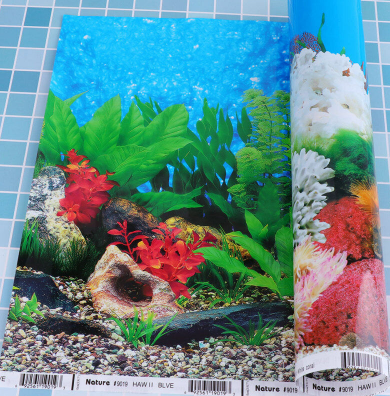
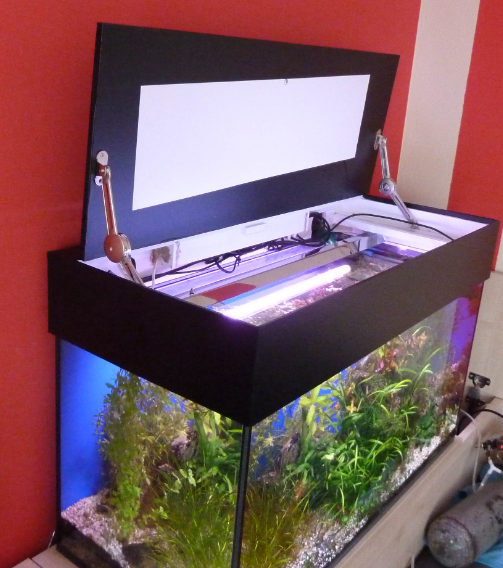

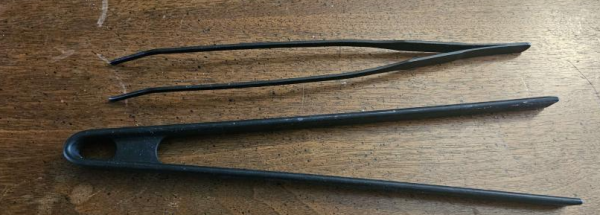

Raymond Blankley • Jan 20, 2024 at 8:43 am
Excellent advice on all phases of fish keeping.